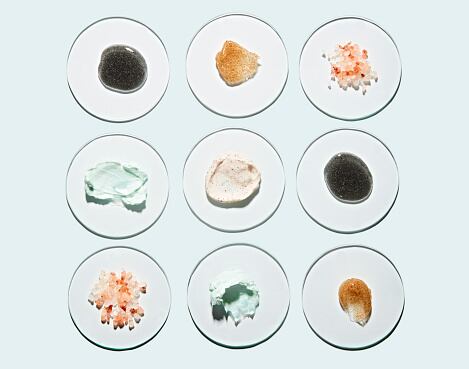CosmeticsDesign spoke with Ubuntoo Operations Manager Haley Randolph about what the report means for the personal care industry.
Can you tell me a little bit about what this report found in regards to plastic packaging?
We found roughly four categories of goals. Companies were largely creating goals around recycled content, virgin plastic production, collection and recovery, and then recyclability. A lot of companies had recyclability goals that were largely near the Ellen MacArthur Foundation goals. The highest-scoring companies in our report had maybe three or four of those goals.
What did you find with cosmetics and personal care specifically in mind?
Two of our top 10 companies were cosmetic companies, so the cosmetic category did relatively well. They are, in our report, classified as high plastic users, and we noticed that high plastic users tended to have higher scores than others, maybe because of the pressure to do so, or maybe because they actually want to make change.
Cosmetics had one of the highest scores of the industries that we looked at. They seem to have more collection and recovery goals of creating circular packaging or refillable packaging. That was one of the standouts of cosmetics.
What does that mean, overall, for plastic pollution?
We still have a long way to go. A lot of these companies, since this is the first year of their report, may not have had a lot of action to report against their goals. While a lot of these companies may have lofty goals, we haven't seen quite as much action. We're hoping that in the next editions, we'll see more action taken to achieve these goals.
Do you think cosmetics companies are doing enough to curb their pollution contributions?
I think it’s difficult to say. As consumers, we don't understand how difficult it is to get to 100% recycled content or 100% recyclability. We see 50% and don’t understand why it's not 100%. It is a difficult thing to achieve.
We’re hoping that things like this report can help, just by bringing transparency to the issue and highlighting who's doing well and how they got there. Companies that just have one or two goals maybe need to look more holistically, because just having recyclable packaging isn't going to help us solve the problem. But having recycled content goals or refillable/collectibles goals, are really going to help us shift to more sustainable systems.
I noticed that it was noted in the report that companies in the US weren't doing quite as much as some global companies. What do you think is the driving force behind that?
Legislation plays a big role. Europe has a more advanced recycling system, and they have more regulations in place. European players are kind of having to step up more in regards to the plastics issue than say, a US manufacturer might have to.
Although, notably, we do have Natura Cosmetics in our top 10 and they are a South American company, and South America doesn't have very much infrastructure for recycling at all. You can be a big player in the plastic packaging issue, and not necessarily be a European-based company. It's just those few innovative companies like Natura that are leading the pack, and then the US is kind of falling behind a bit.
How should brands weigh the danger of plastic pollution against the negative environmental impacts of other materials?
Not only do these companies have plastic goals, but they also have carbon goals and waste goals. We want people to think about this on a holistic basis. Plastic may be the most environmental choice, if it's got a lower carbon footprint, and it's recyclable at the end of its life, that may be a better alternative than aluminum.
Companies can do the life-cycle assessment analyses to determine the ecotoxicity, the carbon footprint and the end of life. That would show really which packaging option is best for which company. It is a holistic way to look at which option is best not just for recyclability, but its entire lifecycle.
How do you think cosmetics companies should move forward with this information?
We've seen a lot of traction with the refillable options for cosmetics companies. I think using the information in this report, you see what others are doing.
What are your goals versus what are others doing, but also just kind of dig deeper into how you can be a mentor? How can we be a high score like L'Oreal? It seems like they're not afraid to pilot things. We've seen a lot of new packaging options from them coming out in the news. You have to look at your competitors, see what they're doing and not be afraid to take a leap.
What else is important for people in cosmetics to know about this report?
We have 176 companies covered in this report. It's just a good way to see what others are doing, how you stack up. You can always reach out to Ubuntoo if you want to see how you can improve your score. We do corporate consulting so, if you don't have a plastic packaging goal, we can help you determine what would be the best one for you. If you're looking for alternatives to plastic, we can help you there too. We are experts in the field of packaging, so we can help guide you where you need to go.
Is there anything else that you want to add? Anything you think it's important to note?
While the goals are encouraging, we have a long way to go. If you just look at the recycled content goals of all these companies, right now, we don't nearly have that content available in the market. So this report hopefully indicates that there's going to be a big shift in the recycling industry coming. If not, these companies aren't going to be able to achieve these goals.




